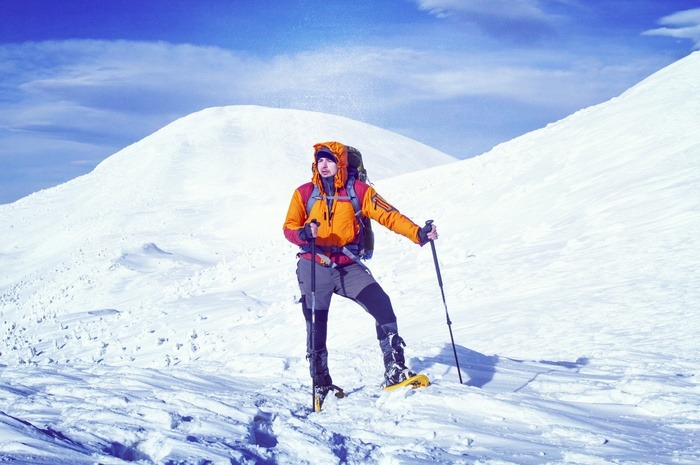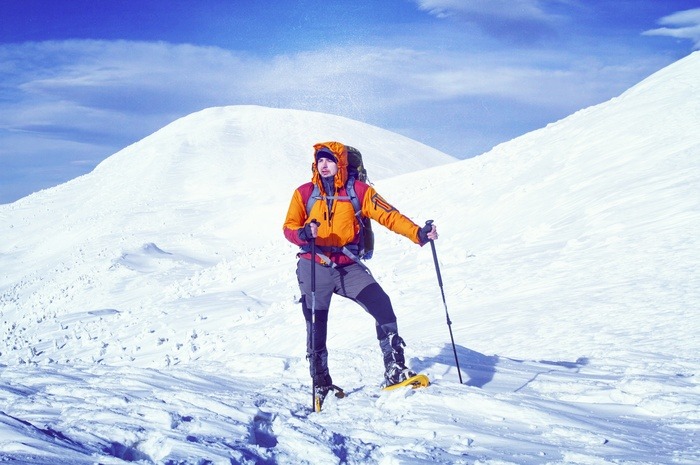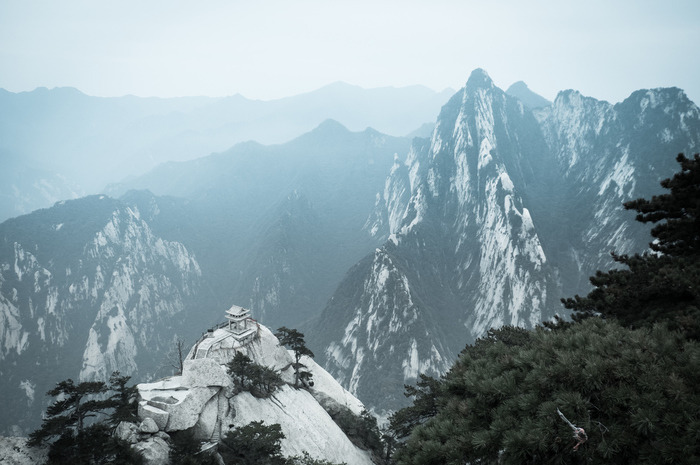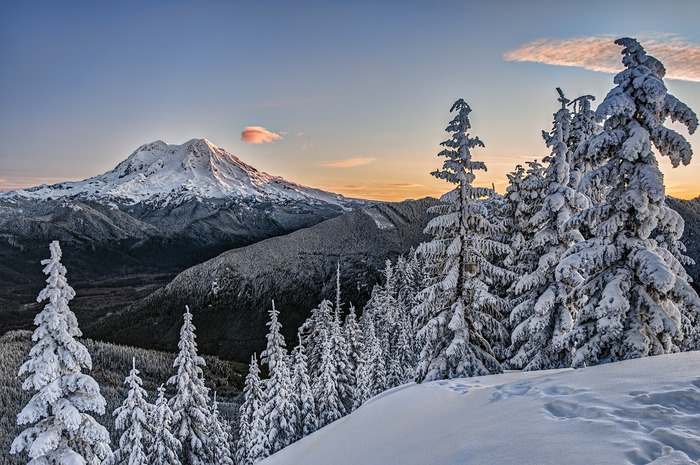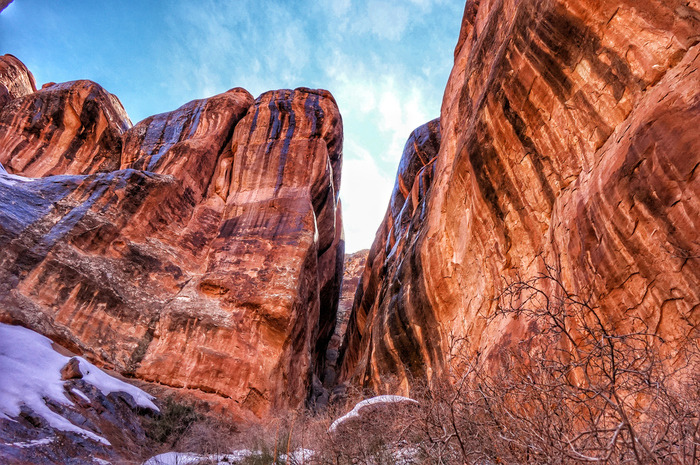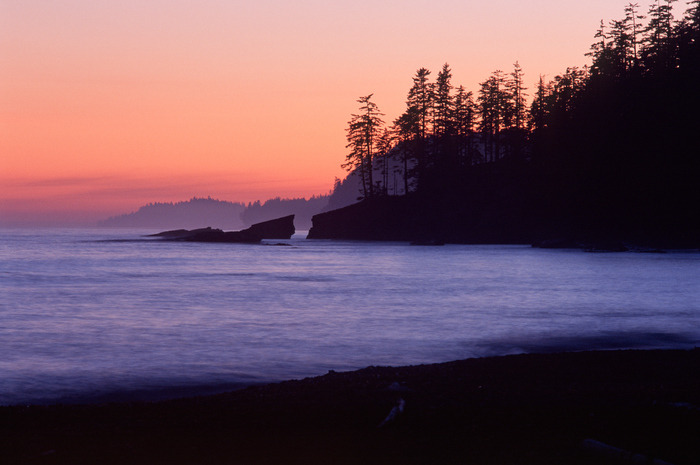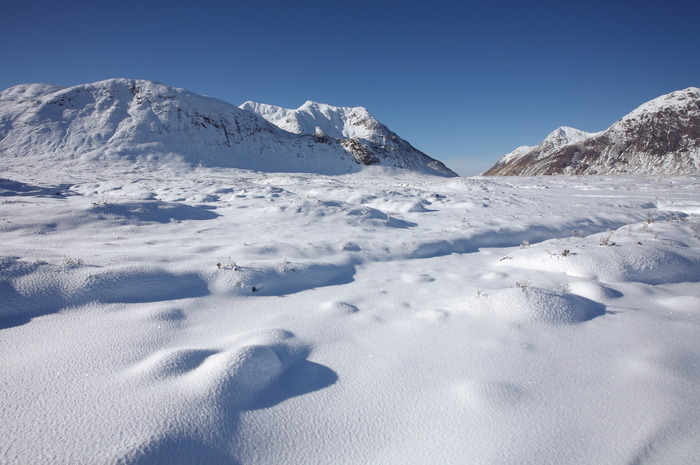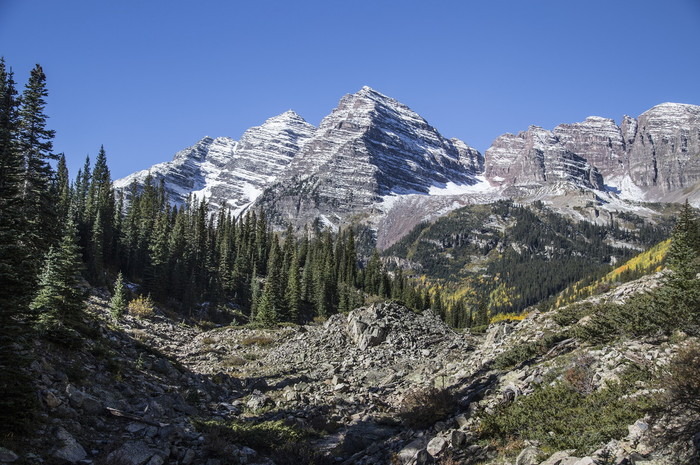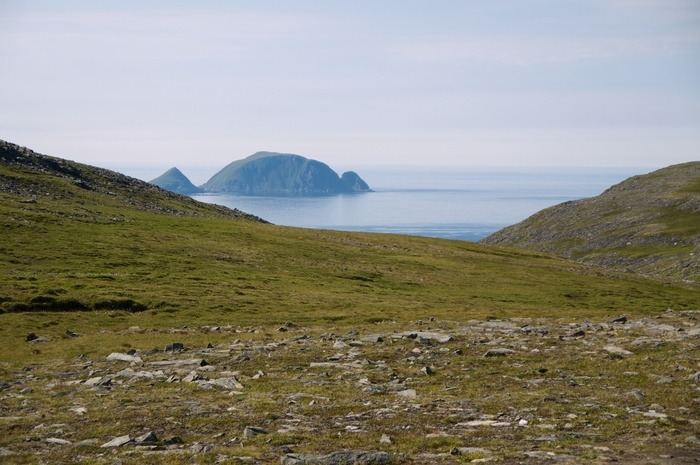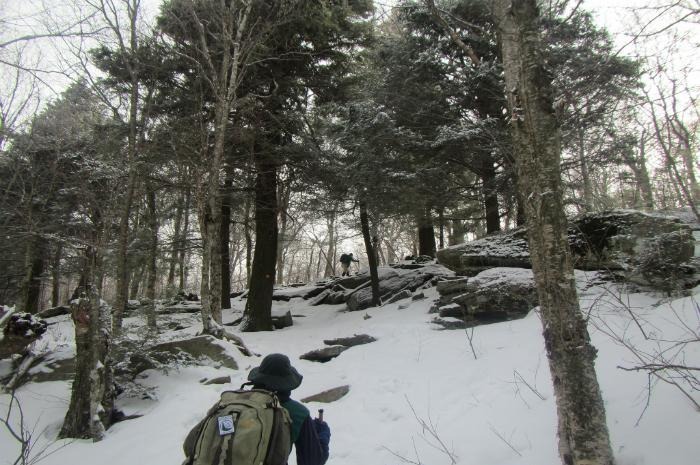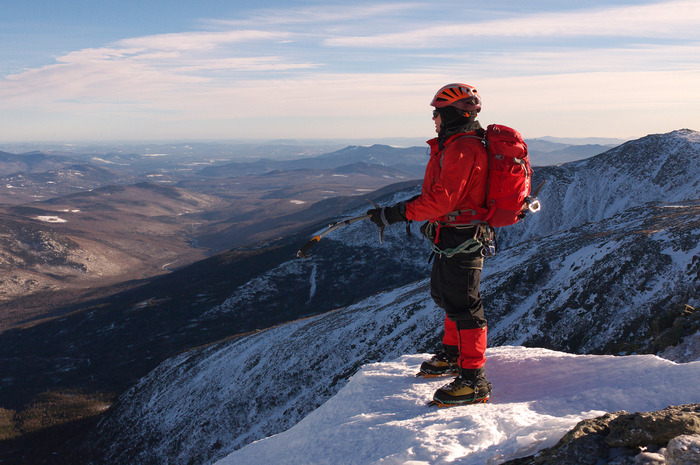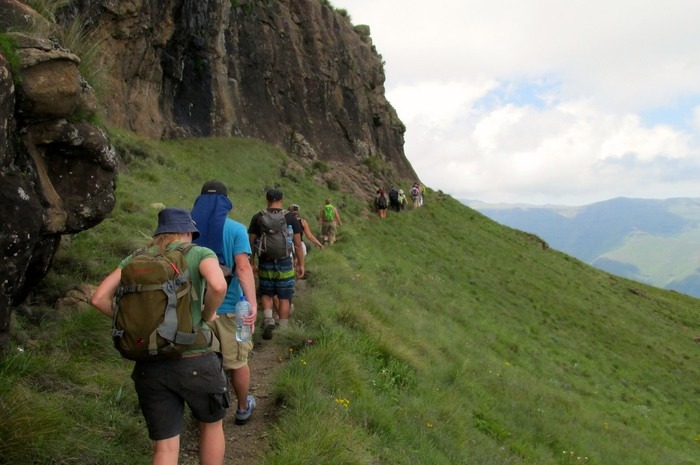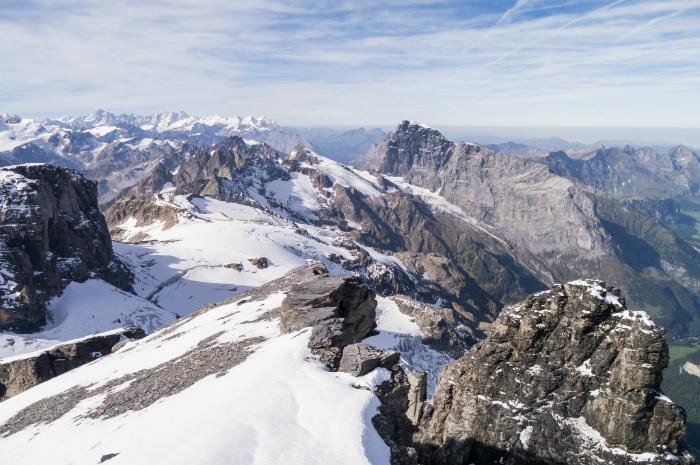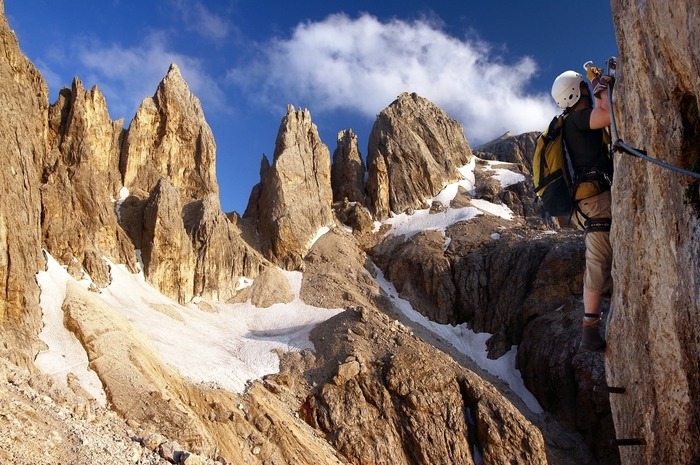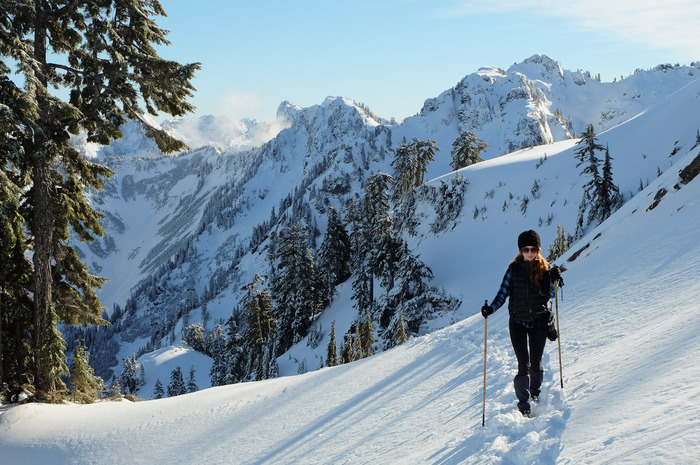The World's Most Dangerous Winter Hikes
The World’s Most Dangerous Winter Hikes
Many nature-lovers tend to head for the woods after the first snowfall. With crowds gone winter can be a great time to hike in the wilderness, but adventurers must be aware of the almost certain dangers they will face along several specific trails. One slip can change your life or end it.
Mount Hua Shan, China
Imagine what could be the most challenging hiking experience for you and multiply that by 100. That will give you somewhat of an idea of how dangerous and difficult it is to hike the Mount Huashan trail. The highest point is 7,087 feet. The routes to the top are barely walkable because you are walking on thin floating boards attached only by nails and giant "staples." You must hold on to cables the whole time if you want to avoid flying toward the ground.
Mt. Rainier’s Muir Snowfield in Washington
It can be winter here every day of the year. Storms often hit unexpectedly and harshly. Snowing there is a nightmare in which you don't want to get stuck. The deep snow and fog can turn Muir Snowfield into a death trap. Many people have frozen while trying to reach the summit at 14,410 feet. The Skyline Trail is about five miles in each direction. Then you have to climb for two miles, going up 2,800 feet, until you reach Muir Snowfield.
The Maze in Utah
This isolated part of the Canyonlands National Park has been on many lists of extremely dangerous hikes. It's so challenging that it only gets a couple thousand adventurers a year. You can safely assume that very few of them hike there in the winter. The Maze is full of dead-end valleys, and even weathermen have difficulties locating themselves on a map. Floods and falling rocks are to be expected. Routes into the canyons are cairned, but routes through washes are often unmarked.
Cascade Saddle, New Zealand
The trail is popular in the summer but the winter is a whole different story — the 11-mile route through a forest and meadows is very slippery. The biggest risk for people is falling and hurting themselves very badly, especially when the rocks are wet. Steep snow grass and tussock ridge brings you to the highest point, the Pylon at 6,020 feet. After a tourist fell to his death in 2012, the second man to die in 18 months, the coroner raised questions about the safety of the route.
West Coast Trail in Vancouver, Canada
Hiking the West Coast Trail guarantees you an encounter with wild animals, especially bears; a walk through narrow gullies; and climbs on shaky wooden ladders. The place is so dangerous that it's illegal to stay overnight in the off-season between Oct. 1 and April 30. Technically, though, it can be done, but many expert hikers advise against it. Winter storms there are treacherous.
Aonach Eagach Ridge in Scotland
Tucked into the legendary Scottish Highlands, this route is just four miles from Glen Coe Valley but it goes through two summits. If the weather suddenly goes wrong — and you can expect it to — you are in trouble because the trail is very steep and grassy. There are no shortcuts. Winter days are much shorter so you have to move quickly. Even a little bit of snow makes the ground very slippery. You will need a rope, especially if it has snowed a lot, harnesses, helmets, and a small climbing rack.
Maroon Bells South Ridge in Colorado
This trail got its nickname, "Deadly Bells," after eight people died in five different incidents, and more on other occasions. The hike is 12 miles up to the top and challenges include unstable and loose rocks, steep climbs, and valleys. Getting disoriented and lost is a real possibility. The weather in the winter is as unpredictable as the end of an Agatha Christie book. The only fairly "easy" part of the route is before you reach 11,000 feet on the east slope. The rest can feel as if the ground is moving beneath your feet.
Knivskjellodden, Norway
Knivskjellodden doesn't have any bus access and is only accessible by an 11-mile-long, very rocky hike. The walk slowly goes downhill to sea level over a mixture of soft tundra, wet bog, and sharp, craggy rocks. The surface is challenging and you have to keep your head down or you risk falling badly. It feels like walking to the end of the earth. Knivskjellodden is actually less than a mile north of North Cape, making it the real northernmost point of mainland Europe.
Devil’s Path in Catskills, New York
The name gives it away. This trail is more than 24 miles long and goes up in elevation about 9,000 miles, making it one of the most difficult treks on the East Coast. You can never prepare too much for the trails, as they can be quite challenging and tricky. The mountains are very steep, and cold weather means ice everywhere. That makes the climbs over and around rocks very problematic. The eastern half of the trail is the most demanding.
Mount Washington, New Hampshire
Do not even attempt any climbs or hikes on this mountain without an expert by your side. The routes are long and tough, and the near-constant presence of fog makes it difficult to see signs and cairns. You'll need full crampons and an ice axe to get to the summit. The wind is usually brutal, and blizzards are common. Conquering New England's highest peak at 6,288 feet is no easy feat.
Drakensberg Traverse in South Africa
The Drakensberg is the highest mountain range in South Africa and is a massive range of jagged peaks. Ice climbs are in condition between June and August. The weather is more stable in the winter, but the days are short and usually very cold, according to Summit Post. Snow is common and makes certain sections very tricky. Expect frosts, subzero temperatures at nights, and near-zero degrees Celsius daytime temperatures. This is very serious when most of the time you're trekking above 9,000 feet.
The Wendenstöcke, Switzerland
Trails don't get narrower or more slippery than in the Wendenstöcke. This multi-summited mountain of the Uri Alps is where you should go if you ever want to see what a bad fall would feel like. The trails are extremely difficult to follow.
Via Ferrata, Italy and Austria
Instead of using ladders to cross (like people did centuries ago) adventurers now use steel cables, ropes, suspension bridges, and wooden footpaths. No wonder the route is called Via Ferrata, meaning "Iron Street" in Italian. The walkways get extremely icy when it snows; a woman died in 2009 after slipping and falling 600 feet.
The Pacific Crest Trail
Completing this trail is every adventurer's dream but it takes months. The 2,650-mile-long Pacific Crest Trail extends from Canada to Mexico and traces a north-south route through the Cascades, Sierra Nevada, and coastal ranges of Southern California. Completing it in the winter is near-impossible — only two people have done it and they were together. It took them 132 days. Few sunny days, many storms, foot issues, blisters, frostbite, and thick fogs are just a few of the problems you can expect.
